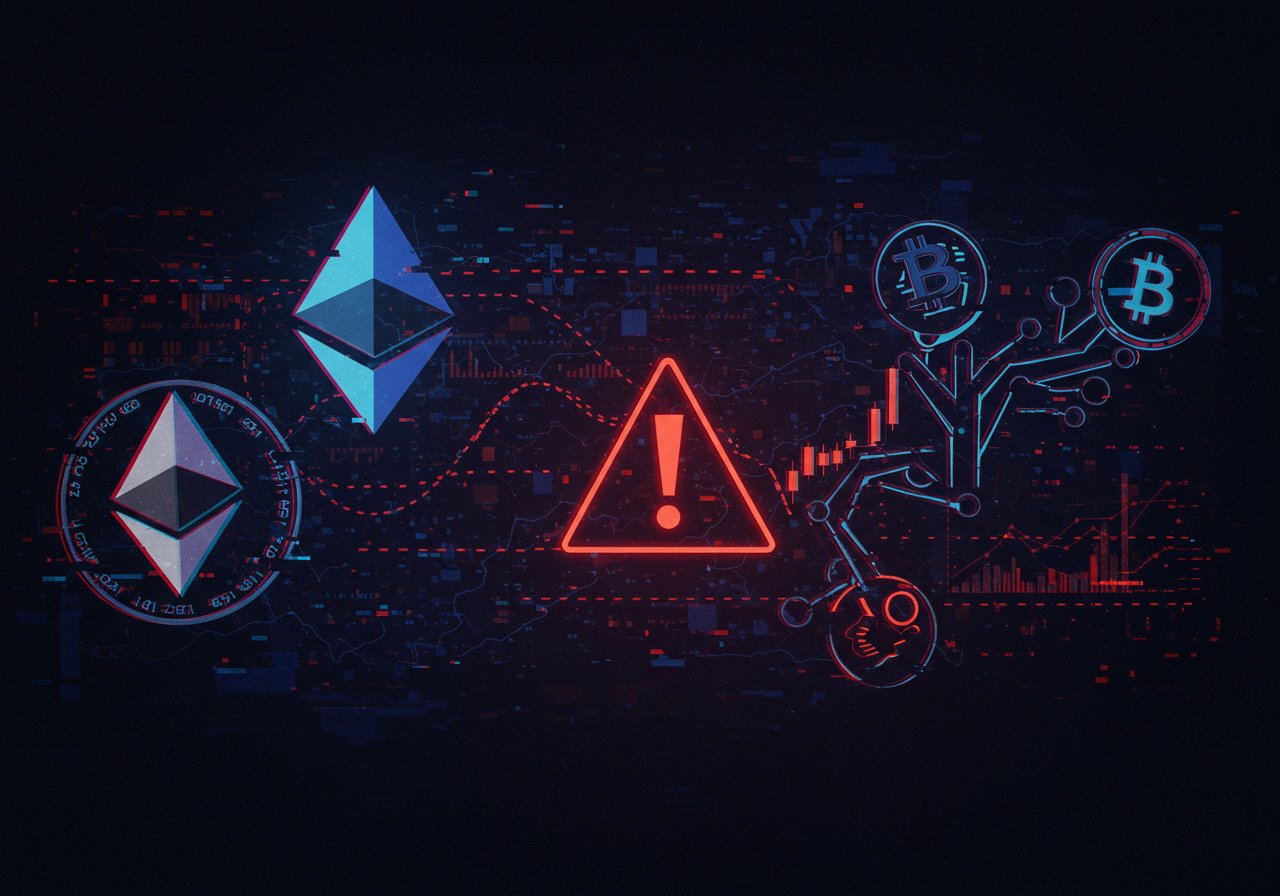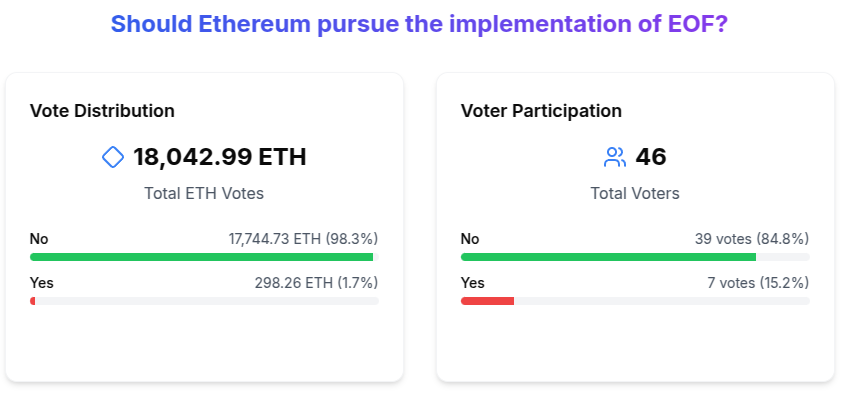
Ethereum‘s Fusaka Hard Fork: A Look at the Controversial EVM Object Format Upgrade
The Ethereum community is gearing up for a significant network upgrade, known as the Fusaka hard fork, scheduled for the third or fourth quarter of 2025. While details remain under wraps, one key component of this upgrade, the EVM Object Format (EOF), has sparked considerable debate and controversy within the developer community.
The EVM Object Format: A Revolution or an Overhaul?
The EVM Object Format aims to fundamentally reshape the Ethereum Virtual Machine (EVM), the engine that powers Ethereum smart contracts. It introduces an extensible and versioned container format for smart contract bytecode, which holds the instructions that the EVM executes. EOF proponents argue that it will enhance efficiency, security, and developer experience by:
- Streamlining EVM operations and reducing processing overhead.
- Providing a cleaner development environment with better-defined structures for deployed smart contracts.
- Hardcoding destinations for jump instructions, mitigating the risk of vulnerabilities related to dynamic jump attacks.
- Enabling easier upgrades and future compatibility through its versioned format.

Concerns and Counterarguments
Despite its potential benefits, EOF has faced substantial criticism. Many developers argue that it adds unnecessary complexity to an already complex system, potentially introducing new vulnerabilities and requiring substantial tooling upgrades. Some of the key concerns include:
- **Complexity and Over-engineering:** Critics argue that EOF‘s implementation introduces significant changes and new semantics that could lead to unforeseen consequences.
- **Tooling and Vulnerability Risks:** The upgrade necessitates a complete revamp of existing tooling, potentially introducing vulnerabilities due to its large attack surface.
- **Legacy EVM Maintenance:** EOF will require the continued maintenance of the legacy EVM, potentially increasing the overall workload and development costs.
The Great Debate
The debate over EOF reflects a deeper discussion within the Ethereum community: Should Ethereum prioritize stability and maintain its existing features, or should it embrace radical change and embrace new technologies? This dilemma is evident in the opposing viewpoints. EOF supporters argue that its advantages outweigh the risks and will ultimately contribute to a stronger, more secure Ethereum. Critics, on the other hand, advocate for a more gradual approach with smaller, less invasive updates, emphasizing the importance of maintaining a stable and predictable platform for developers.
What’s Next?
The future of EOF remains uncertain. As the Ethereum Foundation prepares for the Fusaka hard fork, it will need to weigh the potential benefits against the risks and address the concerns raised by developers. The debate surrounding EOF highlights the challenges and complexities of evolving a decentralized platform like Ethereum, balancing innovation with stability and community consensus.



